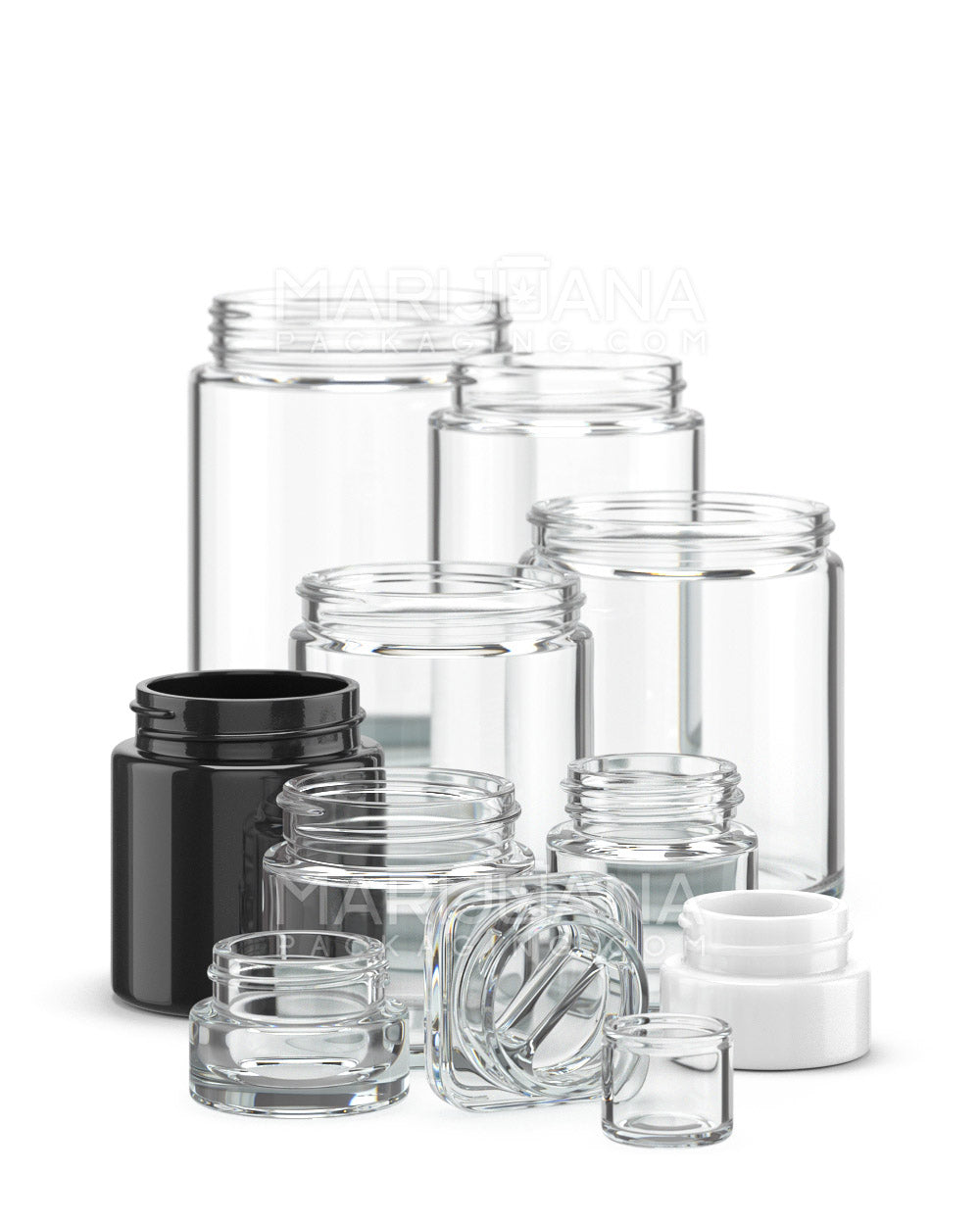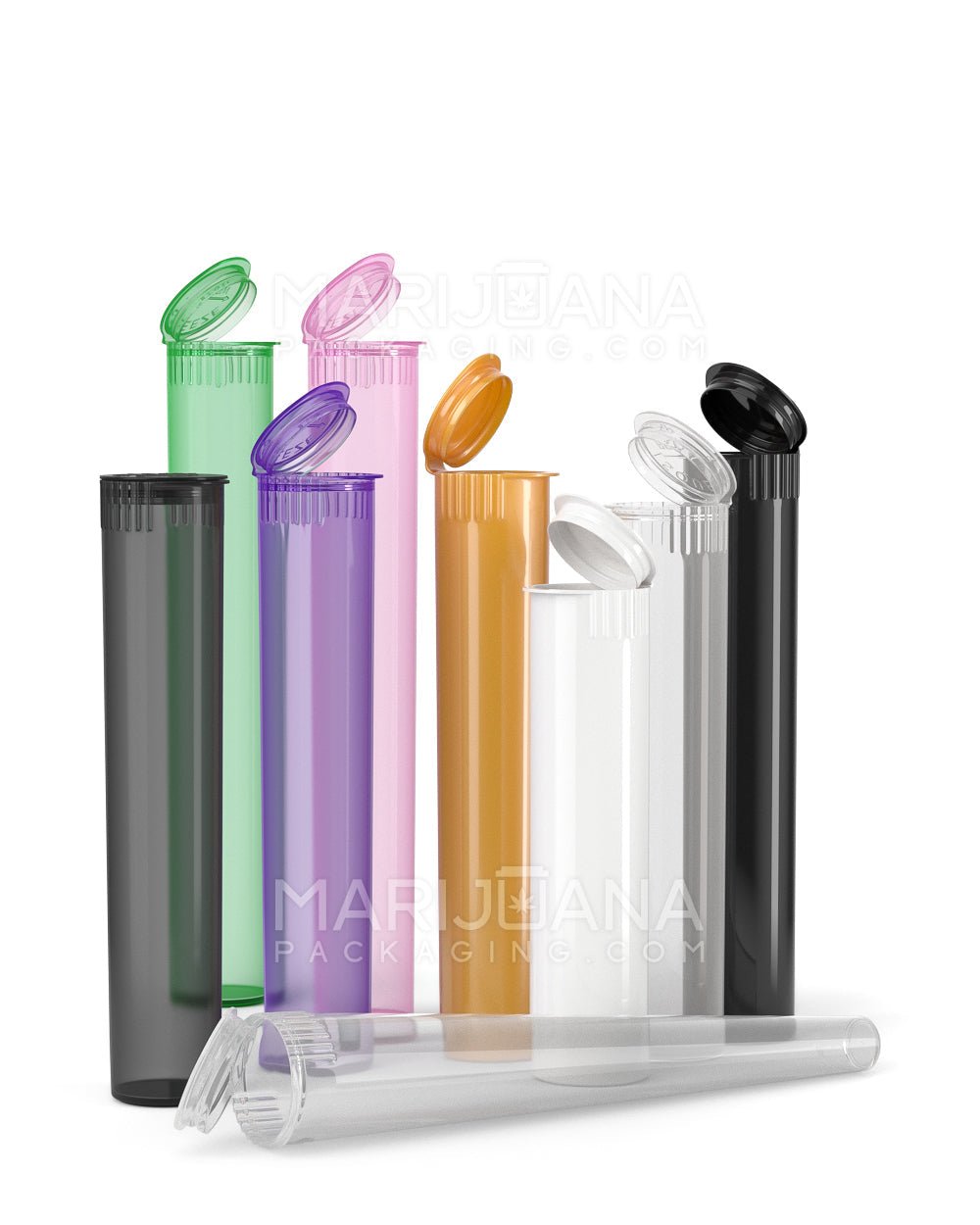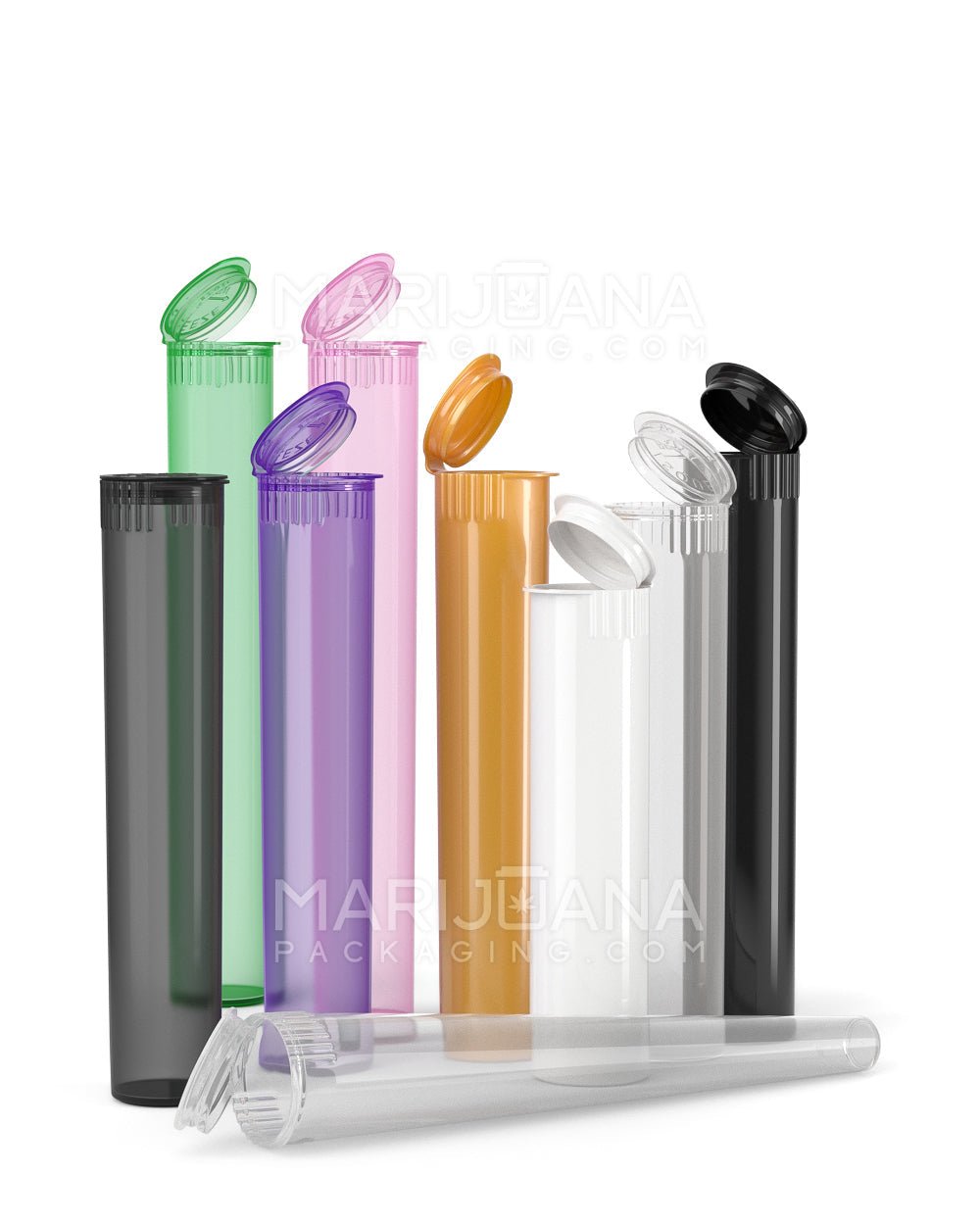When it comes to managing pain with marijuana, many folks are curious about how long they can expect relief to last. Whether you're dealing with chronic pain or just the occasional ache, understanding the duration of marijuana's effects can help you plan your day. Let's explore how long marijuana can keep pain at bay and what factors might influence this duration.
We'll look into various aspects like different consumption methods, the role of THC and CBD, and how individual differences play a part. By the end, you'll have a clearer picture of what to expect when using marijuana for pain relief.
Different Consumption Methods
The way you consume marijuana can significantly impact how long its pain-relieving effects last. Each method has its own onset time and duration, affecting how you experience relief.
Smoking or Vaping
Smoking or vaping marijuana is one of the quickest ways to feel its effects. When smoked or vaped, marijuana enters the bloodstream through the lungs, leading to a rapid onset of relief. Typically, you can start feeling effects within minutes, and they might last for about two to three hours.
This method is excellent for those who need immediate pain relief. However, the duration is shorter compared to other methods, so it might require more frequent dosing to maintain constant relief.
Edibles
Edibles are a popular choice for those who prefer a longer-lasting effect. When you consume marijuana-infused foods, the THC is processed by the liver, which converts it into a more potent compound. This process takes a bit longer, so you might not feel effects for 30 minutes to two hours after consumption.
Once they kick in, the effects of edibles can last anywhere from four to eight hours or even longer. This makes them a suitable option for sustained pain relief throughout the day or night.
Tinctures and Oils
Tinctures and oils offer a middle ground between smoking and edibles. Placed under the tongue, they allow for quick absorption into the bloodstream. You might start feeling relief within 15 to 45 minutes, and the effects can last for about four to six hours.
This method provides a balance of relatively fast onset and lasting relief, making it a versatile option for pain management.
Topicals
Topical products, like creams or balms, are applied directly to the skin. They're great for targeting localized pain without producing the psychoactive effects that come with other methods. The onset is relatively quick, usually within 15 to 30 minutes, and the effects can last for up to four hours.
Topicals are ideal for those who want to focus relief on a specific area, such as a sore joint or muscle, without impacting their mental state.
The Role of THC and CBD
Both THC (tetrahydrocannabinol) and CBD (cannabidiol) are cannabinoids found in marijuana, each playing a different role in pain management.
THC
THC is the psychoactive component of marijuana responsible for the "high" sensation. It interacts with the brain's receptors to alter mood and perception, which can help alleviate pain. The effects of THC can last anywhere from two to six hours, depending on the method of consumption and individual tolerance.
While effective for pain, THC can also lead to feelings of euphoria or sedation, which might not be suitable for everyone, especially if you need to stay alert during the day.
CBD
CBD is non-psychoactive and known for its anti-inflammatory and analgesic properties. It can help reduce pain without affecting your mental state. The effects of CBD can last longer than THC, often providing relief for six to eight hours or more.
Many people prefer CBD for daytime use because it doesn't impair cognitive function, making it easier to go about daily activities while managing pain.
Combining THC and CBD
Combining THC and CBD can provide a balanced approach to pain management. The two compounds often work synergistically, enhancing each other's effects while minimizing side effects. For many, this combination offers a more comprehensive relief experience.
Depending on the ratio of THC to CBD, the duration and intensity of relief can vary. Experimenting with different products might help you find the perfect balance for your needs.
Individual Differences
Just like snowflakes, no two people are exactly alike when it comes to how they respond to marijuana. Factors such as body weight, metabolism, and tolerance can all play a part in how long marijuana lasts for pain relief.
Body Weight and Metabolism
Generally, individuals with higher body weight or faster metabolism might process marijuana more quickly, leading to a shorter duration of effects. Conversely, those with lower body weight or slower metabolism may experience longer-lasting effects.
Understanding your own body and how it interacts with marijuana can help you adjust dosages and consumption methods for optimal pain relief.
Tolerance Levels
Regular marijuana users often develop a tolerance, meaning they may need higher doses to achieve the same level of pain relief. This can also affect how long the effects last, as higher doses might result in longer relief.
If you're new to marijuana or use it infrequently, you might find that smaller doses provide significant relief for a longer duration.
Personal Pain Threshold
Everyone experiences pain differently, and individual pain thresholds can influence how long marijuana's effects last. Those with a higher pain threshold might require less frequent dosing, while those with a lower threshold might need more consistent relief.
Listening to your body and adjusting your consumption as needed can help you manage pain more effectively.
Type of Pain Being Treated
The type of pain you're experiencing can also affect how long marijuana provides relief.
Chronic Pain
Chronic pain, such as that caused by arthritis or fibromyalgia, often requires long-lasting relief. Methods like edibles, tinctures, or a combination of THC and CBD might be more effective for managing chronic pain over an extended period.
Because chronic pain can be persistent, finding a routine that balances immediate relief with sustained effects is crucial. This might involve a mix of consumption methods throughout the day.
Acute Pain
Acute pain, like a headache or injury, might require faster relief. Smoking, vaping, or using tinctures can provide quick onset effects to address acute pain swiftly.
Since acute pain is often temporary, shorter-lasting methods that offer immediate relief can be beneficial without the need for extended dosing.
Time of Day and Activity Level
Believe it or not, the time of day and your activity level can influence how long marijuana lasts for pain relief.
Daytime Use
If you're using marijuana during the day, you'll want to consider how it might affect your ability to perform tasks. While some might prefer the clear-headedness of CBD, others might find that a small amount of THC provides the necessary relief without impairing function.
Balancing the need for pain relief with the demands of your daily routine is important for daytime use.
Nighttime Use
At night, many people aim for relaxation and sleep. In such cases, products with higher THC levels might be more suitable, as they can provide both pain relief and help with sleep.
Choosing the right product for nighttime use can lead to a restful sleep and better pain management overall.
Quality and Potency of the Product
The quality and potency of the marijuana product you're using can also impact how long its effects last.
Higher Potency Products
Products with higher THC or CBD levels tend to provide more intense and sometimes longer-lasting effects. However, higher potency doesn't necessarily mean better relief, as it can lead to unwanted side effects for some users.
Finding the right potency for your needs might require some trial and error, but it's important to choose a product that provides relief without negative side effects.
Quality Matters
High-quality products, whether they're flowers, oils, or edibles, often provide more consistent effects. Low-quality products might not have the same level of cannabinoids, leading to less reliable relief.
Investing in quality products from reputable sources can make a big difference in the effectiveness of your pain management routine.
Legal Considerations
Before you start using marijuana for pain management, it's important to consider the legal landscape. While marijuana is legal for medical use in many states, laws can vary significantly.
State Regulations
Each state has its own regulations regarding the medical use of marijuana. Some states require a medical card, while others have specific lists of qualifying conditions.
Understanding the laws in your state can help you navigate the legal aspects of using marijuana for pain relief and ensure you're in compliance.
Federal Laws
While marijuana remains illegal at the federal level, the enforcement of these laws varies. It's important to be aware of federal regulations, especially if you're traveling between states or using marijuana in federally regulated spaces.
Staying informed about both state and federal laws can help you use marijuana responsibly and legally.
Monitoring Your Pain Relief Experience
Keeping track of your pain relief experience can help you optimize your marijuana use for better results.
Journaling
Consider keeping a journal to document your marijuana use, including the type of product, dosage, and effects. This can help you identify patterns and make adjustments as needed.
Over time, your journal might reveal valuable insights into what methods and dosages work best for your specific pain management needs.
Consulting with Professionals
If you're new to using marijuana for pain or if you're not getting the relief you need, consulting with a healthcare professional or a knowledgeable budtender can provide guidance and advice.
These experts can help you tailor your approach to pain management and suggest products or methods that might be more effective for your situation.
Final Thoughts
Understanding how long marijuana lasts for pain relief is a complex topic that involves many variables. From the method of consumption to personal factors like tolerance and metabolism, each element plays a part in the overall experience. By exploring different options and considering your unique needs, you can find an effective approach to managing pain with marijuana.
If you're looking for quality marijuana packaging solutions or need help with packaging for other consumer goods, Gamut offers a wide range of services. With over a decade of expertise, Gamut can help your brand stand out with customizable packaging solutions that meet your specific needs. From jars to tubes, Gamut's full range of packaging solutions ensures your products are presented in the best way possible, making your brand unforgettable.



















